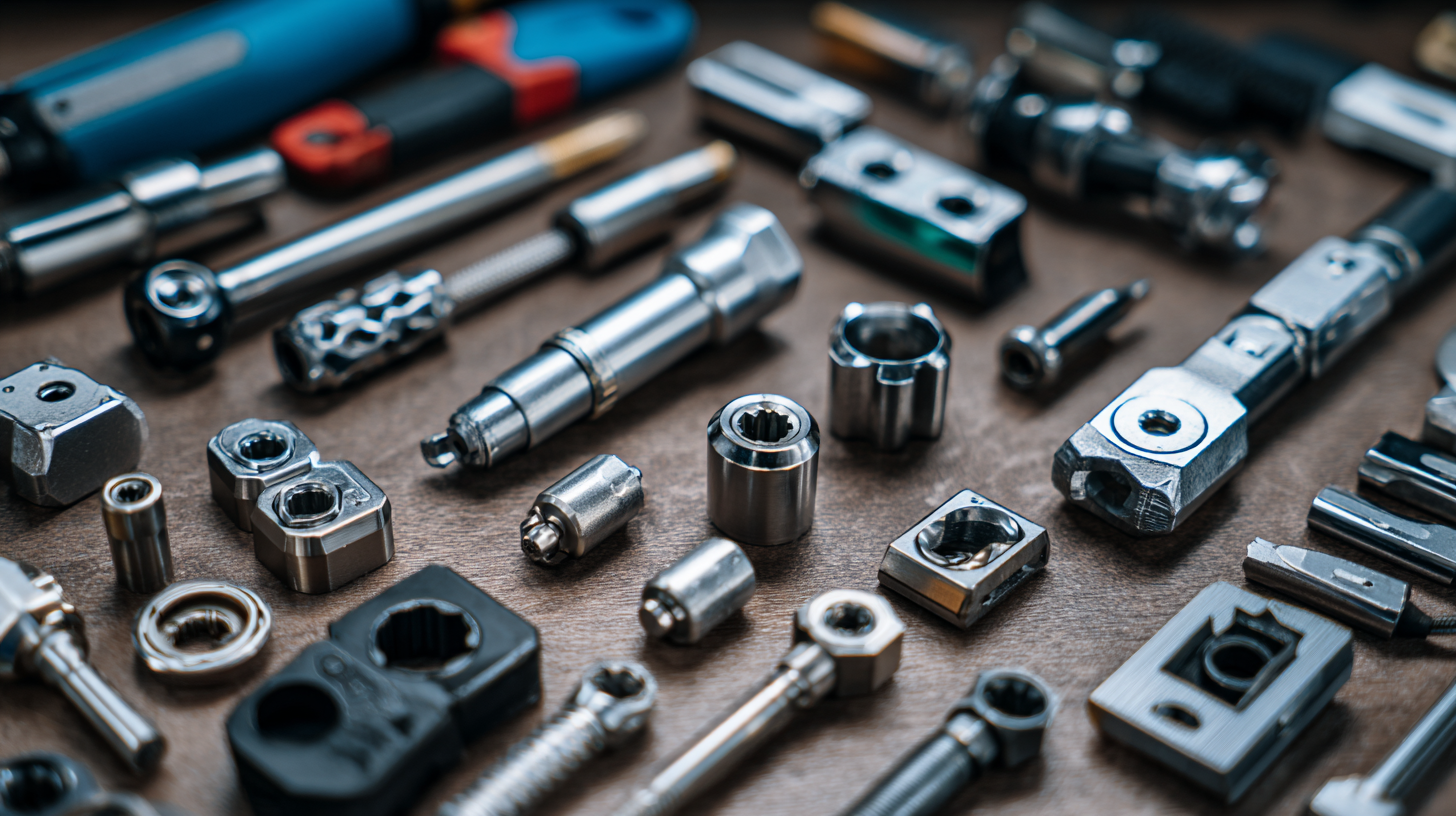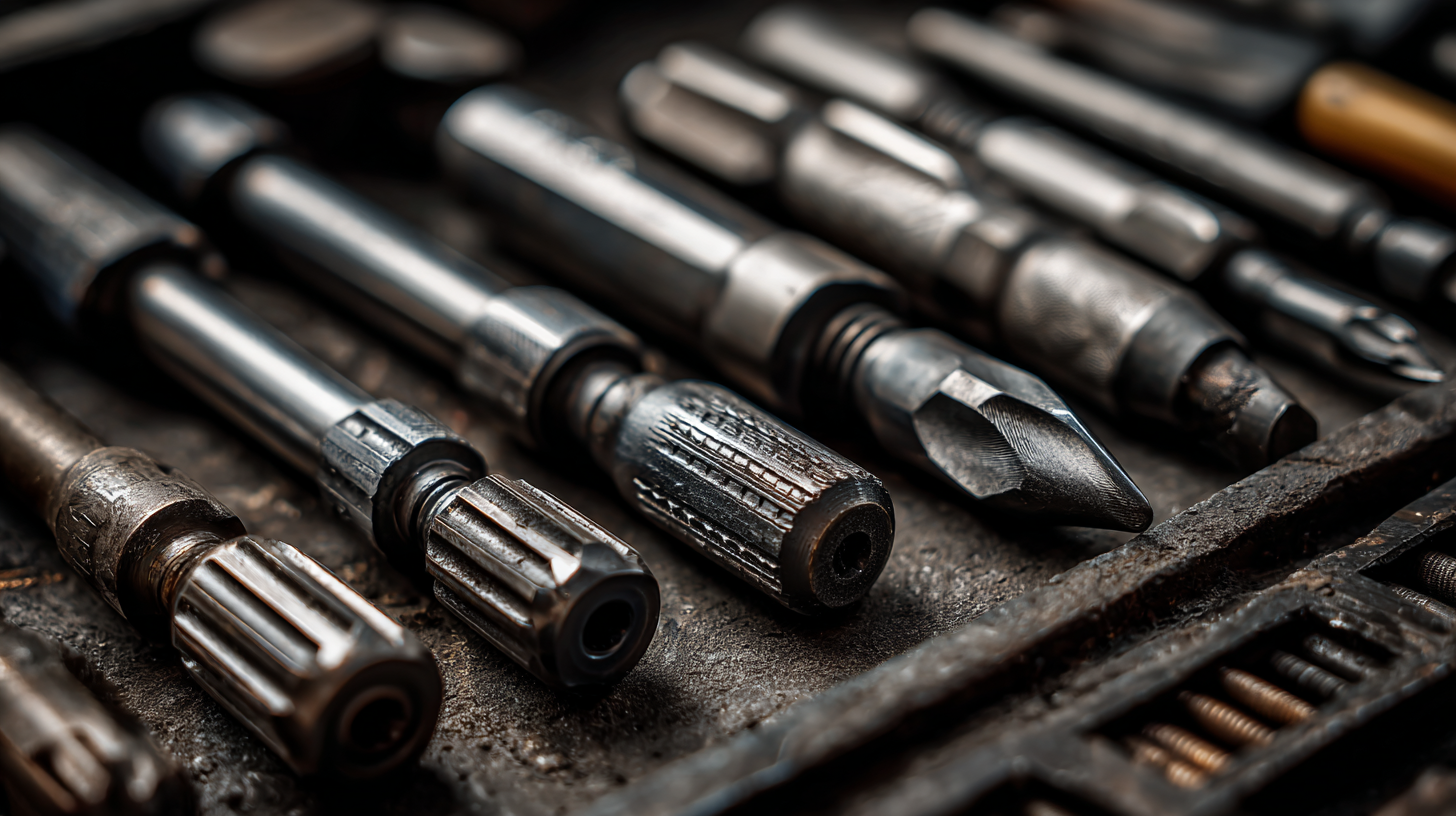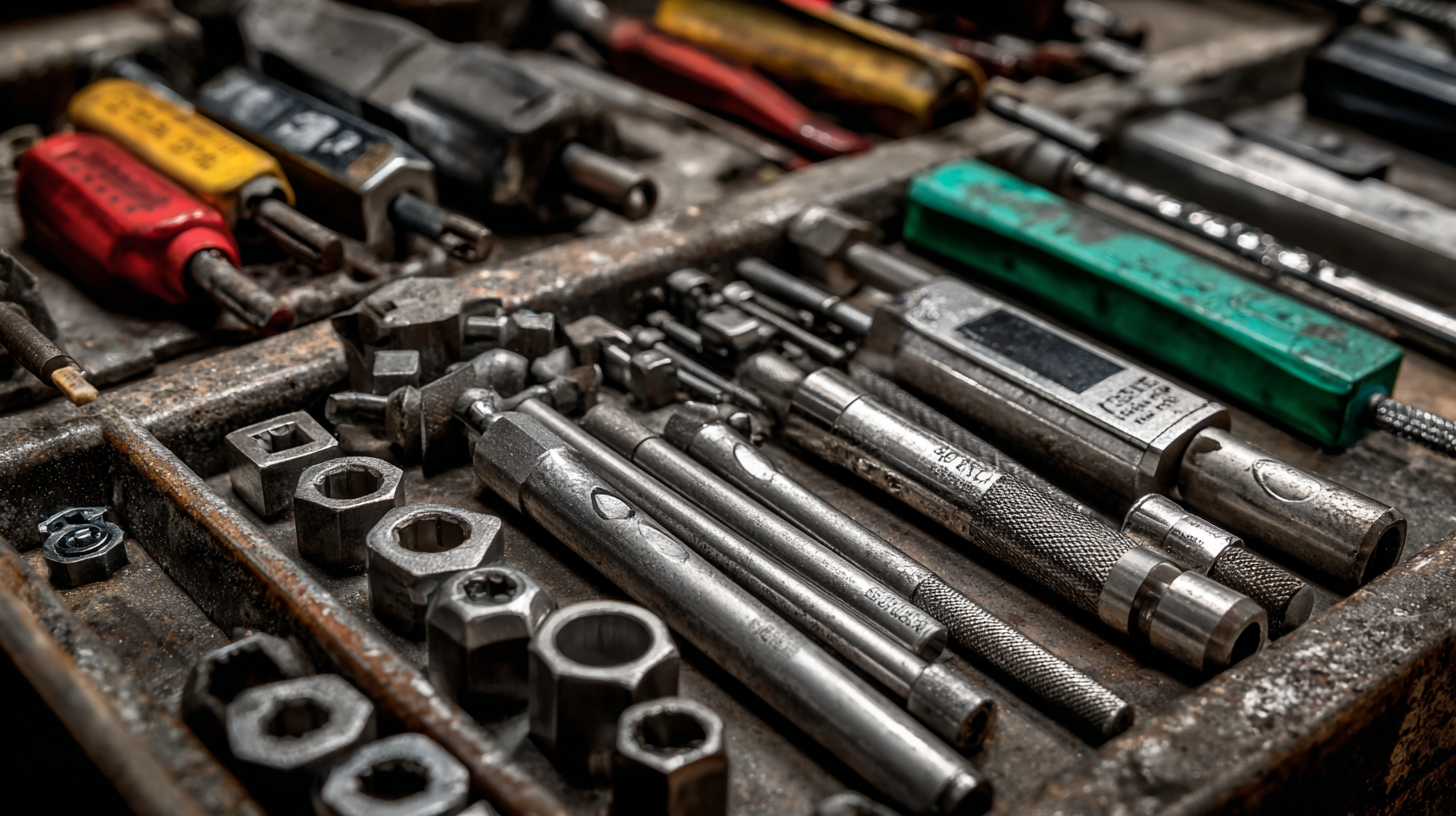Mastering Precision: A Comprehensive Guide to Technical Specifications of the Best Bearing Tools
In the world of engineering and manufacturing, precision is paramount, particularly when it comes to the use of Bearing Tools. These essential devices are critical in ensuring the smooth operation of machinery by minimizing friction between moving parts. Understanding the technical specifications of these tools is crucial for both manufacturers and engineers who seek to optimize performance and longevity in their applications. This comprehensive guide delves into the intricate details of industry production standards related to Bearing Tools, providing insights into various types and their specific uses. By mastering these technical specifications, professionals can make informed decisions that enhance efficiency and effectiveness in their projects, ultimately leading to superior outcomes in manufacturing processes.
Exploring Common Alternatives to Traditional Bearing Tools
When it comes to bearing installation and maintenance, traditional tools like hammers and bearing pullers often steal the spotlight. However, there are numerous alternative approaches that can enhance precision and ease of use. For instance, hydraulic bearing presses have emerged as superior substitutes, allowing for a more controlled application of force, which reduces the risk of damage to both the bearings and the surrounding components. These presses can accommodate a range of sizes, making them versatile enough for various applications, from automotive to industrial machinery.
Another noteworthy alternative is the use of bearing installation kits that incorporate specialized adapters and guides. These kits help to ensure accurate placement and alignment during installation, minimizing the likelihood of misfits that can lead to premature wear or failure. Furthermore, the rise of advanced tools such as laser alignment devices and torque wrenches is transforming how technicians approach bearing maintenance. By leveraging technology for precision installation and alignment, professionals can achieve longer service life for bearings and improve overall equipment reliability.
The Benefits of Using Alternative Bearing Tools in Precision Engineering
In the realm of precision engineering, the choice of bearing tools significantly affects performance and efficiency. Alternative bearing tools are becoming increasingly popular as they offer several advantages over traditional options. These tools are specifically designed to operate under demanding conditions, such as high speeds and extreme loads, which are common in various industrial applications. Utilizing alternative bearing tools can enhance accuracy, reduce energy consumption, and extend the lifespan of machinery components.
Tips for selecting the right bearing tools include assessing the specific requirements of your application, such as load capacity and environmental conditions. It’s crucial to consider the material and coatings used in the bearings, as advanced coatings can improve wear resistance and reduce friction. Additionally, integrating air bearing spindles may enhance precision and stability, making them a valuable choice for ultra-precision machining processes.
Investing in quality alternative bearing tools not only improves operational performance but also contributes to greater overall efficiency in precision engineering. Thus, staying informed about the latest innovations in bearing technology can give engineers a competitive edge in today's rapidly evolving manufacturing landscape.
Comparative Analysis: Alternative Bearing Tool Materials and Designs
When selecting bearing tools, the materials and designs play a crucial role in their effectiveness and longevity. High-carbon steel is a popular choice due to its strength and durability, making it well-suited for high-stress applications. However, its rigidity can be a downside, as it may be prone to chipping under extreme conditions. On the other hand, materials like aluminum alloys offer a lightweight alternative that provides excellent corrosion resistance and ease of handling. Though not as robust as steel, their design flexibility allows for innovative features that can enhance usability.
In recent years, ceramic bearings have gained popularity for their low friction properties and superior wear resistance. Their unique design can reduce the overall weight of the tooling while maintaining high performance in demanding environments. Additionally, hybrid bearings, which combine ceramic and steel components, provide a balanced solution, leveraging the strengths of both materials. By analyzing these alternatives, users can make informed decisions based on their specific needs, whether prioritizing strength, weight, or friction characteristics. Understanding these factors will ultimately aid in mastering precision in any application involving bearing tools.

How to Choose the Right Alternative Bearing Tool for Your Application
Choosing the right alternative bearing tool for specific applications can significantly impact performance and efficiency, especially in the automotive sector, where precision and reliability are crucial. With the global automotive bearing market valued at $14.76 billion in 2023 and projected to grow to $21.38 billion by 2032, assessing technical specifications of bearing tools becomes vital for manufacturers and engineers alike. This 45% growth over the next decade reveals a robust demand for innovative solutions that can meet evolving industry challenges.
When selecting an alternative bearing tool, it is essential to understand the specific requirements of your application, such as load capacity, speed rating, and material compatibility. Tools designed with advanced engineering technologies can help mitigate risks associated with wear and failure. According to industry reports, precision-engineered tools are increasingly sought after for their ability to enhance the longevity and performance of bearings, leading to improved overall productivity in manufacturing processes. Emphasizing these parameters ensures that you make informed decisions that align with both operational demands and market trends.
Mastering Precision: Bearing Tool Selection Analysis
Innovative Technologies in Alternative Bearing Solutions: A Future Perspective
As industries evolve, the demand for innovative bearing solutions continues to rise, particularly in sectors where precision and efficiency are paramount.
According to a recent report by MarketsandMarkets, the global bearings market is projected to grow from $109 billion in 2021 to $153 billion by 2026, reflecting a compound annual growth rate (CAGR) of 6.7%. This growth is largely driven by advancements in alternative bearing technologies, such as ceramic and magnetic bearings, which offer enhanced performance in extreme conditions.

Innovative technologies in bearing design, such as the integration of IoT and smart sensors, are also transforming the landscape. A study by Research and Markets highlights that the increased adoption of smart bearings—those equipped with predictive maintenance capabilities—could reduce operational costs by up to 30% for manufacturers. These innovations not only improve reliability and lifespan but also contribute to a more sustainable operation, essential for meeting the stringent regulations that are increasingly defining the industry.
Emerging materials, like high-performance polymers and advanced composites, are further reshaping bearing technology. Reports indicate that the use of these materials can lead to a reduction in weight and an increase in load capacity, making them ideal for aerospace and automotive applications. As businesses continue to explore alternative bearing solutions, the drive towards mastering precision will define the next generation of bearing tools, positioning them as critical assets in achieving operational excellence.

Home
Products
Industrial Bearings
Deep Groove Ball Bearings
Self-Aligning Ball Bearings
Angular Contact Ball Bearings
Cylindrical Roller Bearings
Taper Roller Bearings
Spherical Roller Bearings
Bearing housing or Accessories
Miniature Bearing
Thrust ball bearing
Radial Spherical Plain Bearing
Pillow Block Bearing
Needle Roller Bearings
Automotive Bearings
Agricultural Bearings
Special Material Bearings
Industry Application
About Us
News
Contact Us





